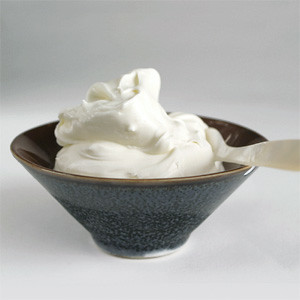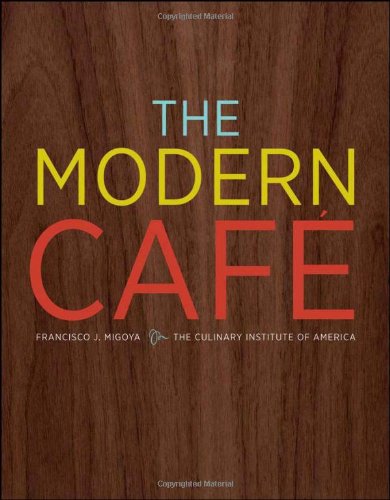NOTE - this is also a good way of making some lightweight chicken stock; just save the cooking liquid you don't use when serving.
1 3-pound/1.5 kg chicken
Enough chicken stock to cover (about 8 cups)
1 bay leaf
1 sprig thyme
1 sprig tarragon
Salt (lots)
11 peppercorns
6 cloves garlic peeled
2 large leeks or 4 small, cleaned, trimmed and thickly sliced
2 onions, peeled
4 carrots, scraped and cut into chunks
3 celery stalks, cut into finger lengths
1 small turnip, sliced
3 parsnips, scraped and sliced
- Lay a large piece of cheesecloth onto a work surface and put the chicken breast-side down onto it. Gather up the edges and tie them with the kitchen string. Put the chicken into the pot, breast-side up and pour over chicken stock. Bring to a boil. Skim off the foam that rises until no more forms, about half an hour.
- While chicken boils, assemble 1 bay leaf, large sprig thyme, sprig tarragon, lots of salt, 11 peppercorns, prepare garlic and leeks, and set aside. Prepare rest of vegetables and keep aside until next step. NOTE, don't cut the veg too big - they won't cook quickly enough.
- When chicken has boiled for 30 mins, add the bay leaf, thyme, tarragon, salt, peppercorns, along with the garlic and leeks. Turn the chicken, breast side down. Cover, and simmer very gently about 20 minutes more. Add the remaining vegetables, turn the chicken breast side up, and continue cooking until the juices in the chicken run clear and the vegetables are tender, about 20 minutes longer. When removing from cheese cloth, be careful; the chicken will be so tender it pulls apart easily. Serve pieces of chicken and vegetables with some broth pooled around.


